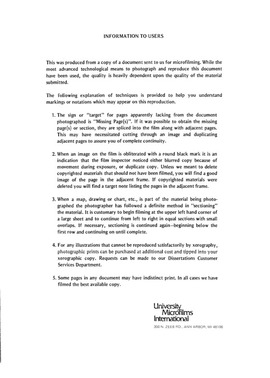| dc.contributor.author | Dulaney, Earl Franklin, | en_US |
| dc.date.accessioned | 2013-08-16T12:28:22Z | |
| dc.date.available | 2013-08-16T12:28:22Z | |
| dc.date.issued | 1981 | en_US |
| dc.identifier.uri | https://hdl.handle.net/11244/4880 | |
| dc.description.abstract | In this study 20 subjects were placed in a situation designed to elicit a number of truthful and dishonest statements. Differences in these statements were examined by the SLCA III and LEXIC programs to uncover language variables which discriminate between individuals' truthful and deceptive statements. The results indicate that when lying, individuals (a) use fewer words, and as a consequence, fewer unique words with a larger type-token ratio and smaller perceived-cognitive activity, (b) use fewer past tense verb forms, and (c) that males use the indicative mood more often when lying and the subjunctive mood less often when lying. In addition, when used in a discriminant function equation, 14 of the SLCA III and LEXIC variables were able to correctly identify 100.00% of the subjects' statements as truthful or deceptive. | en_US |
| dc.format.extent | vi, 89 leaves ; | en_US |
| dc.subject | Psychology, Social. | en_US |
| dc.title | The language of deception : | en_US |
| dc.type | Thesis | en_US |
| dc.thesis.degree | Ph.D. | en_US |
| dc.thesis.degreeDiscipline | Department of Communication | en_US |
| dc.note | Source: Dissertation Abstracts International, Volume: 42-07, Section: B, page: 3031. | en_US |
| ou.identifier | (UMI)AAI8129396 | en_US |
| ou.group | College of Arts and Sciences::Department of Communication | |
